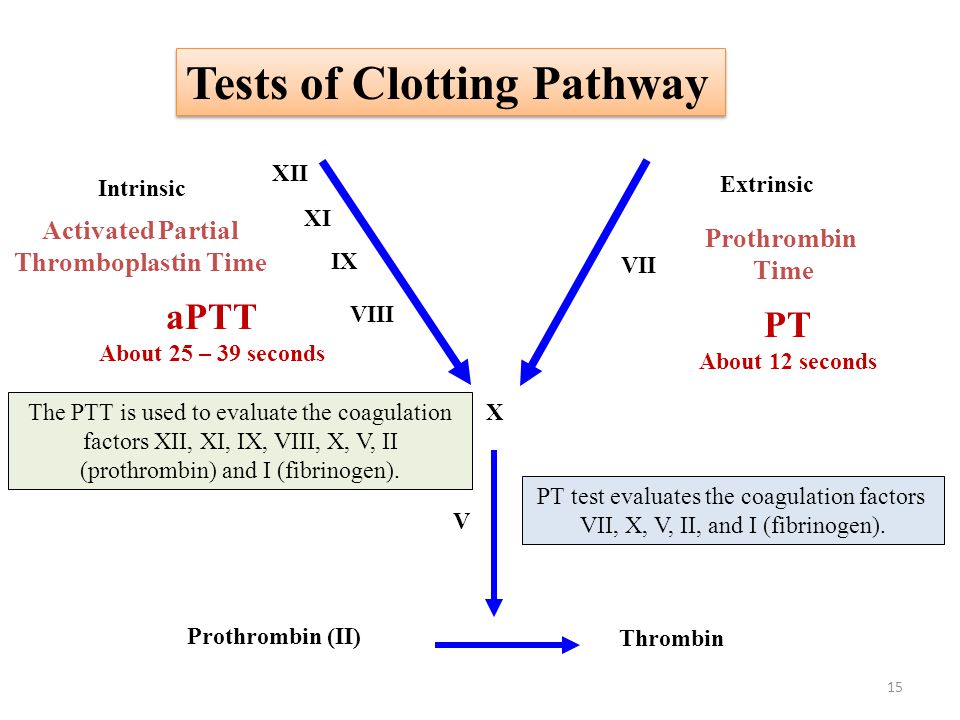How sterile does an ultrasound guided peripheral IV need to be?
Are there guidelines?
The European Society of Radiology Ultrasound Working Group recommends probe covers for all procedures including US guided PIVs.
ACEP and AIUM policy statements recommend single use gel packetwith probe cover to match level of procedural sterility, so US guided PIVs can be done with a non sterile probe cover.
Why sterile gel? Most infections in US guided PIVs stemmed from contaminated gel.
In reality, practices vary widely among institutions and practitioners within those institutions.
What are the infection concerns?
Contamination with blood. So we worry about spreading infection to the next patient. Otherwise, the procedure itself does not need full sterile technique.
Hep C is ~30nm. Hep B is ~50nm. HIV is ~110nm.
So, our probe cover should have a pore size of < 30nm to prevent spread of infection onto probe and then the next patient.
If the probe is contaminated with blood, current guidelines say we can use "low level disinfection," which is soap and water or ammonia wipes.
The probe cover options:
Tegaderm: It's cheap, easy. the 3M Tegaderm claims to have a pore size of 27nm. BUT, the manufacturers recommend against the tegaderm because of concern for damaging the probe lens and it may affect the warrantee. Anecdotally, people have been doing this for a decade+ without any lens damage. Some people suggest adding a thin layer of gel between the transducer lens and tegaderm to prevent damage.
It should be noted that some IV dressings are designed to be breathable and have a much larger pore size.
Condoms: Also cheap, easy. Pore size 110nm, so it'll block HIV but not HCV.
Sterile gloves: Can stick the probe into the prefolded cuff. Varies in pore size but should hinder viral transmission.
Sterile probe cover: Should hinder viral transmission, but not necessary for US guided PIV.
The bottom line
Wear non sterile gloves during the procedure.
Use a single use gel packet.
Use some kind of probe cover. Tegaderm or a sterile glove seem to be a good options.
Wipe down the probe after use.
References
EM:RAP LIN sessions, Jan 2019
ALIEM: https://www.aliem.com/2018/09/ultrasound-guided-periphal-iv-time-to-clean-up-our-act/





